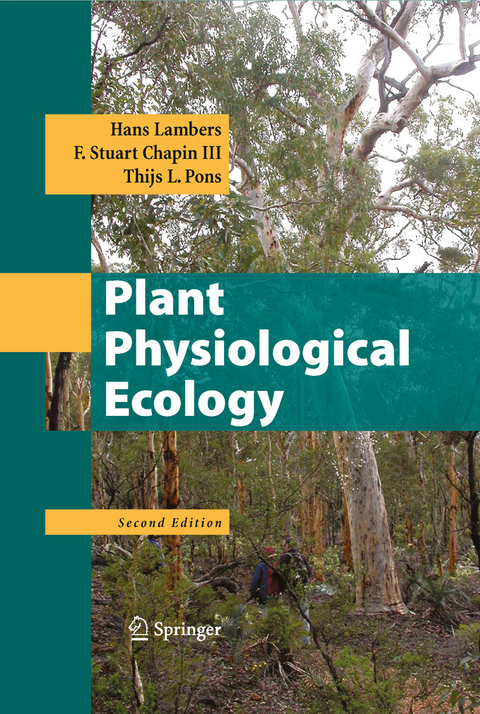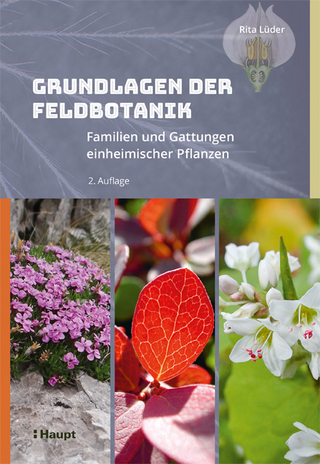
Plant Physiological Ecology
Springer-Verlag New York Inc.
978-1-4939-3705-9 (ISBN)
Hans Lambers is Professor of Plant Ecology and Head of School of Plant Biology, Faculty of Natural and Agricultural Sciences at the University of Western Australia. F. Stuart Chapin III is Professor of Ecology at the Institute of Arctic Biology, University of Alaska Fairbanks. Thijs L. Pons recently retired as Senior Lecturer in Plant Ecophysiology at the Institute of Environmental Biology, Utrecht University.
Assumptions and Approaches.- Photosynthesis, Respiration, and Long-Distance Transport.- Respiration.- Long-Distance Transport of Assimilates.- Plant Water Relations.- Leaf Energy Budgets: Effects of Radiation and Temperature.- Effects of Radiation and Temperature.- Scaling-Up Gas Exchange and Energy Balance from the Leaf to the Canopy Level.- Mineral Nutrition.- Growth and Allocation.- Life Cycles: Environmental Influences and Adaptations.- Biotic Influences.- Ecological Biochemistry: Allelopathy and Defense Against Herbivores.- Effects of Microbial Pathogens.- Parasitic Associations.- Interactions Among Plants.- Carnivory.- Role in Ecosystem and Global Processes.- Ecosystem and Global Processes: Ecophysiological Controls.
| Erscheinungsdatum | 15.07.2016 |
|---|---|
| Zusatzinfo | XXIX, 605 p. |
| Verlagsort | New York |
| Sprache | englisch |
| Maße | 178 x 254 mm |
| Themenwelt | Sachbuch/Ratgeber ► Natur / Technik ► Natur / Ökologie |
| Naturwissenschaften ► Biologie ► Botanik | |
| Naturwissenschaften ► Biologie ► Genetik / Molekularbiologie | |
| Naturwissenschaften ► Biologie ► Ökologie / Naturschutz | |
| ISBN-10 | 1-4939-3705-7 / 1493937057 |
| ISBN-13 | 978-1-4939-3705-9 / 9781493937059 |
| Zustand | Neuware |
| Informationen gemäß Produktsicherheitsverordnung (GPSR) | |
| Haben Sie eine Frage zum Produkt? |
aus dem Bereich


